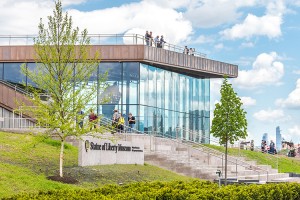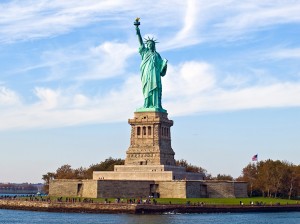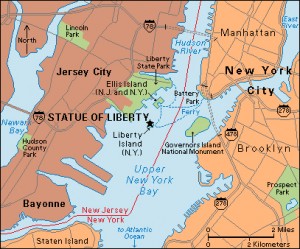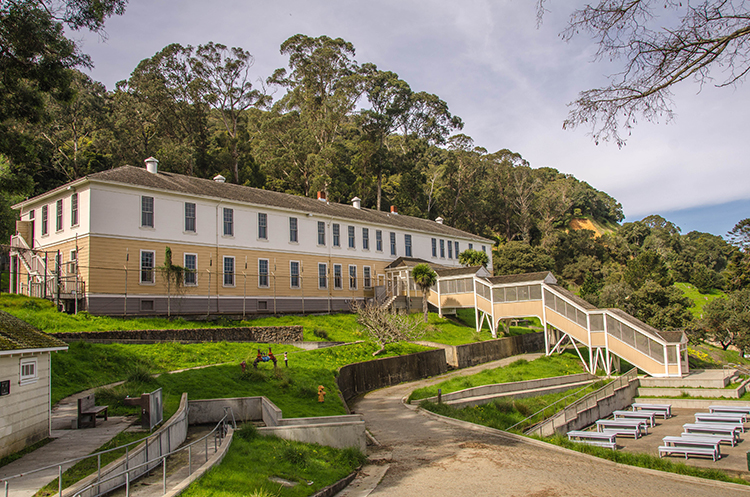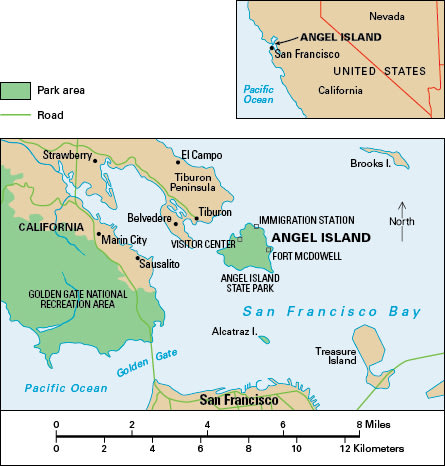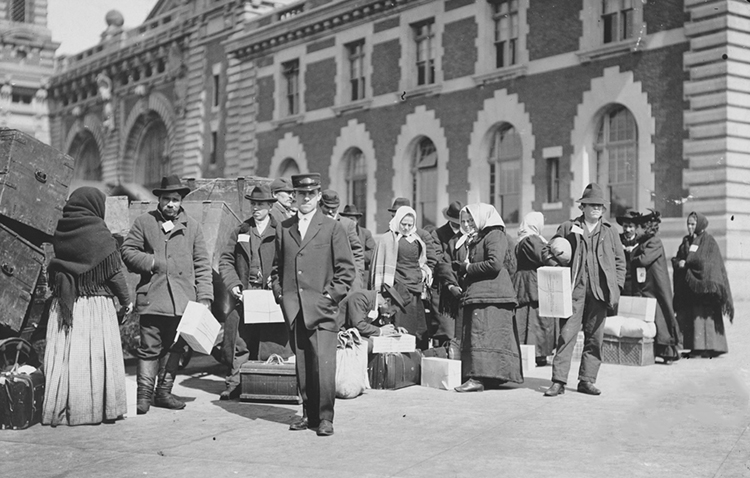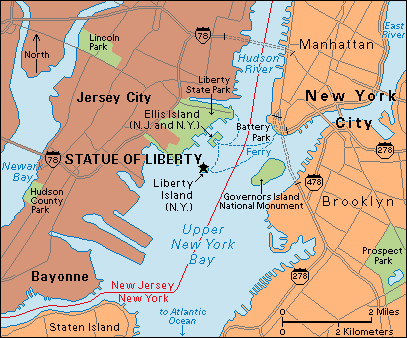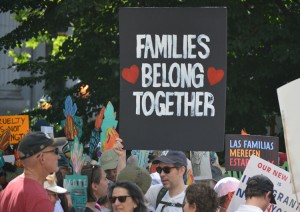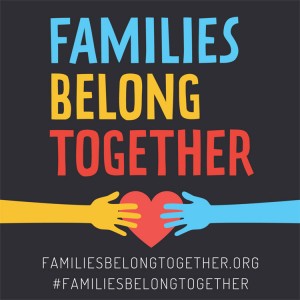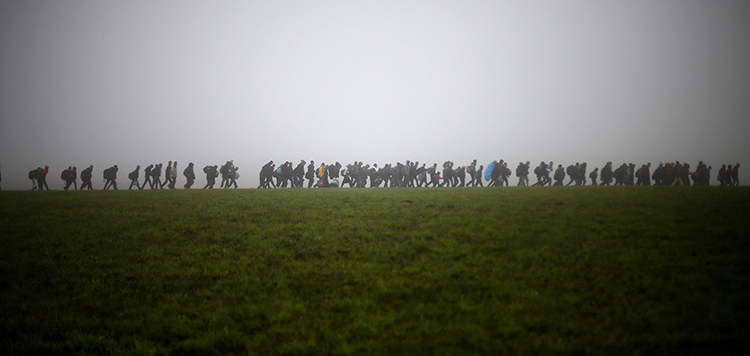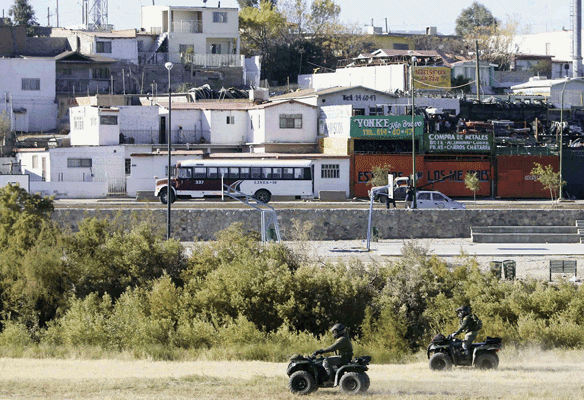Independence Day: The Nation’s Birthday
Wednesday, July 3rd, 2019July 3, 2019
Tomorrow, July 4, people across the United States will celebrate the nation’s 243rd birthday, Independence Day. On July 4, 1776, delegates to the Second Continental Congress, meeting in Philadelphia, adopted the Declaration of Independence. The delegates represented the 13 British colonies, which had come to resent the ever-increasing taxes and restrictions that King George III sought to impose on them. In April 1775, British troops had clashed with colonial militia at Lexington and Concord, Massachusetts, in effect signaling the outbreak of the American Revolution. In July 1775, the colonists had sent a final petition to the king, declaring their loyalty to the British Crown and asking him to address their complaints. In reply, the king declared the colonies to be in rebellion.
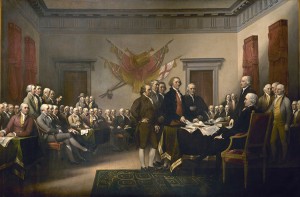
The Second Continental Congress adopted the Declaration of Independence on July 4, 1776. Credit: Declaration of Independence(1817), oil on canvas by John Trumbull; Architect of the Capitol
The Declaration of Independence explained the reasons for the colonists’ rejection of British rule, detailed the ways in which the British government had violated American rights, and declared the freedom of the American colonies from Britain. It was written by Thomas Jefferson of Virginia, with some minor changes by Benjamin Franklin of Pennsylvania and John Adams of Massachusetts. The document begins with the stirring words, “We hold these truths to be self-evident, that all men are created equal, that they are endowed by their Creator with certain unalienable Rights, that among these are Life, Liberty and the pursuit of Happiness.”
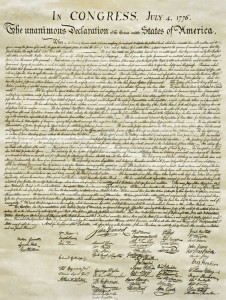
Click to view larger image
The Declaration of Independence is the document in which the American colonies declared their freedom from the United Kingdom. Credit: © Thinkstock
On July 4, 1776, John Hancock, president of the Second Continental Congress, and Charles Thomson, the Congress’s secretary, signed the declaration. Fifty-six other delegates signed a specially engrossed (written in script) copy one month or more later. In 1783, after years of bloodshed, the Treaty of Paris officially ended the American Revolution. The treaty also recognized the independence of the United States and established the new nation’s borders–which were soon to expand.
As Americans celebrate their freedom tomorrow, the country is much changed. In 1783, about 3 million people lived in the colonies, most of them in rural areas. Today, some 334 million people call America home, and most of them live in cities, some of which are among the largest in the world. In 1783, the new nation stretched from the Atlantic Coast to the Mississippi River. By the mid-1800′s, the United States had grown to reach the Pacific Coast, and by 1898 Alaska and Hawaii were included as well.
Additional World Book articles:

